IMPACT OF IMPAIRED GLUCOSE REGULATION AND SERUM HOMOCYSTEINE LEVELS ON NEUROPHYSIOLOGICAL PERFORMANCE IN ATHLETES
Abstract
Objective: This study aimed to explore the clinical and neurophysiological features of athletes with impaired glucose regulation (IGR) and their correlation with serum homocysteine (Hcy) levels, considering their potential impacts on sports performance. Methods: A cohort of twenty athletes diagnosed with IGR between February 2020 and February 2021 comprised the observation group, while twenty healthy athletes served as controls. We gathered demographic data such as age, gender, and educational level, and assessed clinical neurophysiological indices (amplitude, distal latency, motor nerve conduction velocity) alongside serum Hcy levels. Both groups were evaluated for differences in cutaneous sympathetic nerve response, as well as somatosensory evoked potentials in upper and lower limbs. Results: No significant differences in age, gender, or educational attainment were observed between the two groups (P > 0.05). However, significant disparities were noted: the observation group exhibited lower amplitude and motor nerve conduction velocity, increased distal latency, and higher serum Hcy levels compared to the control group (P < 0.05). Furthermore, athletes with more severe glucose impairment showed increased abnormal rates of cutaneous sympathetic nerve response and somatosensory evoked potentials in both upper and lower limbs, alongside worsened nerve electrophysiological indices. Notably, serum Hcy levels were positively correlated with the abnormal rates of neurophysiological responses and negatively correlated with the amplitude and motor nerve conduction velocity (P < 0.05). Conclusion: The clinical neurophysiological indices reflect the severity of impaired glucose regulation in athletes and can highlight potential impacts on sports performance. By integrating clinical neurophysiological characteristics with serum Hcy levels, early detection and intervention for athletes suffering from IGR can be facilitated, potentially mitigating negative effects on athletic performance. This study underscores the importance of monitoring metabolic health in athletes to maintain and enhance their physical capabilities and recovery processes.
